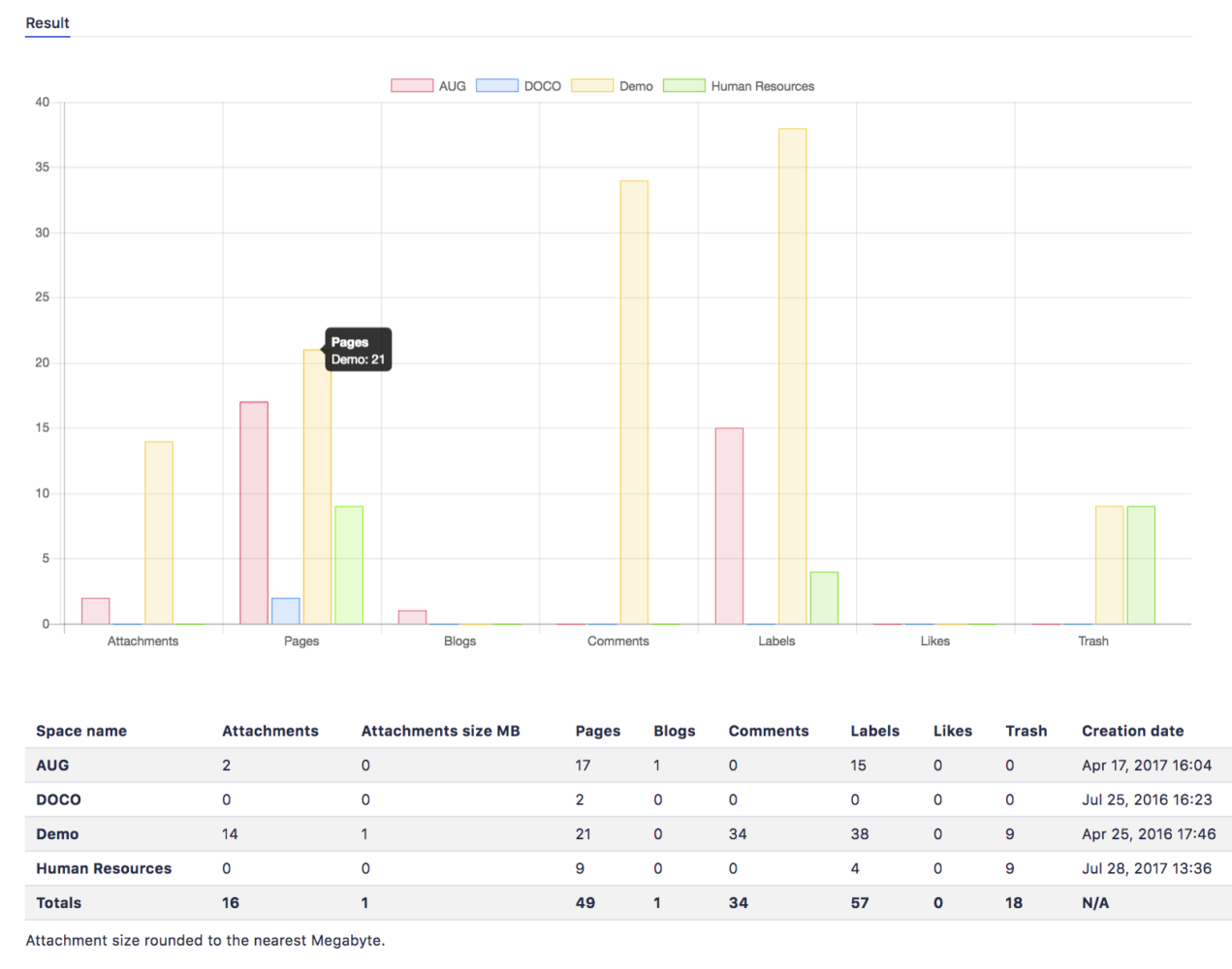How to weather the storm of a wild content management system
Learn how to use a content management strategy to calm even the wildest of content storms in your wiki
This is a guest post written by Dylan Lindsay, Product Marketing Manager at Adaptavist, creators of brilliant Apps for the Atlassian stack and masters of bespoke Atlassian solutions for the Enterprise.

A storm is coming
Content management systems are powerful tools that allow for global transparency, the ability to train and onboard new people, and facilitate internal communication at massive scale. However, as a company grows, an organised and easy-to-navigate information hub can become a raging storm of information.
Content ends up everywhere, in many different forms, and with little standardisation. This makes nearly impossible for teams to find what they need, when they need it.
This is when a content management strategy becomes the best way to weather a wild content storm.
Look at the weather forecast before setting out to sea
Before you start hitting the delete button as response to the mess, conduct an audit to determine what content is out of date, popular, or causing performance problems. You can do this manually by looking at individual spaces or you can gain an overview with analytics tools like the space statistics feature from ScriptRunner for Confluence.
 ScriptRunner’s Space Statistics dashboard
ScriptRunner’s Space Statistics dashboard
ScriptRunner will quickly identify important information about your space such as: how many pages exist in that space, how many and how large attachments are, and when each page was created.
Figure out what you can toss overboard
Once you’ve run your content audit, it’s time to figure out what to cut. What content isn’t being used any more? Has it been replaced by newer content? Are there any pages that didn’t make it past the draft stage?
Archiving allows you to improve your content’s performance without pushing the delete button. While there are a couple of different approaches to archiving content, the easiest is to move all stale content to a dedicated archiving space. Once you’ve moved the content over, you can easily archive the space. To learn how to do this, check out Atlassian’s guide [server] [cloud].
If you’re a Confluence admin trying to figure out how to make this scale across different teams, a documentation policy might be your solution. A policy can be as simple or complex as you need it to be; its most important function is getting buy-in from stakeholders about what they’d like to do with their old content.
Tools like ScriptRunner for Confluence allow you to keep on top of your policy. ScriptRunner allows you to add labels to stale pages, prune old versions of pages or even automatically move stale content to your archiving space. Take a look at our script jobs for more info.
Chart a course for smoother waters

When trying to set a content management strategy teams occasionally succumb to the temptation to fix everything, to try and make old content sit perfectly within the new agreed structure. Instead, focus on moving and restructuring content that makes sense for your teams.
Start by simply changing page names to agree with your new structure. Don’t be tempted to go in and update the content itself unless it’s critical to your business. Most Importantly, try not to leave parent pages blank, blank pages break the user experience.
A quick fix to this can be simply adding the children display macro [server] [cloud] to pages.
Rebuild the ship
Once content storm subsides, how do you ensure that content in your newly agreed structure will work? One way to standardize new content is through setting up functional templates and apply labels so that it can be easily found.
Use templates to make building easy
In Confluence you can either use an existing template or create one just for your team. You can specify page layout, add suggestions for naming, enforce formatting, and even add macros to your page. This allows for teams to create content in a consistent way and helps creators “know where to start” with their pages.
To read more about templates, take a look at Atlassian’s documentation [server] [cloud].
Tip – While templates will speed up content creation and make content easier to understand, templates are only useful if they’re used. Create Page for ScriptRunner for Confluence allows you to ensure that the right template is chosen for the right content, making your spaces and content more structured.
Use labels for better navigation
Attaching labels to templates will ensure that you can find content more easily. This is great for new content and for older content. For example, adding a label to a project requirements template will ensure that you can call up all project requirements pages that have been created.
To read more about setting up content to allow it to scale efficiently, take a look at this blog.
Clear skies are in your future
Like navigating the high seas, content management is an long process. Whether you’re at the start of your content management journey or if you’re in the thick of an intranet storm, following the steps above will ensure smooth sailing for you and your team.
Find out more about the ScriptRunner family and the apps the offer for your Atlassian products today.
